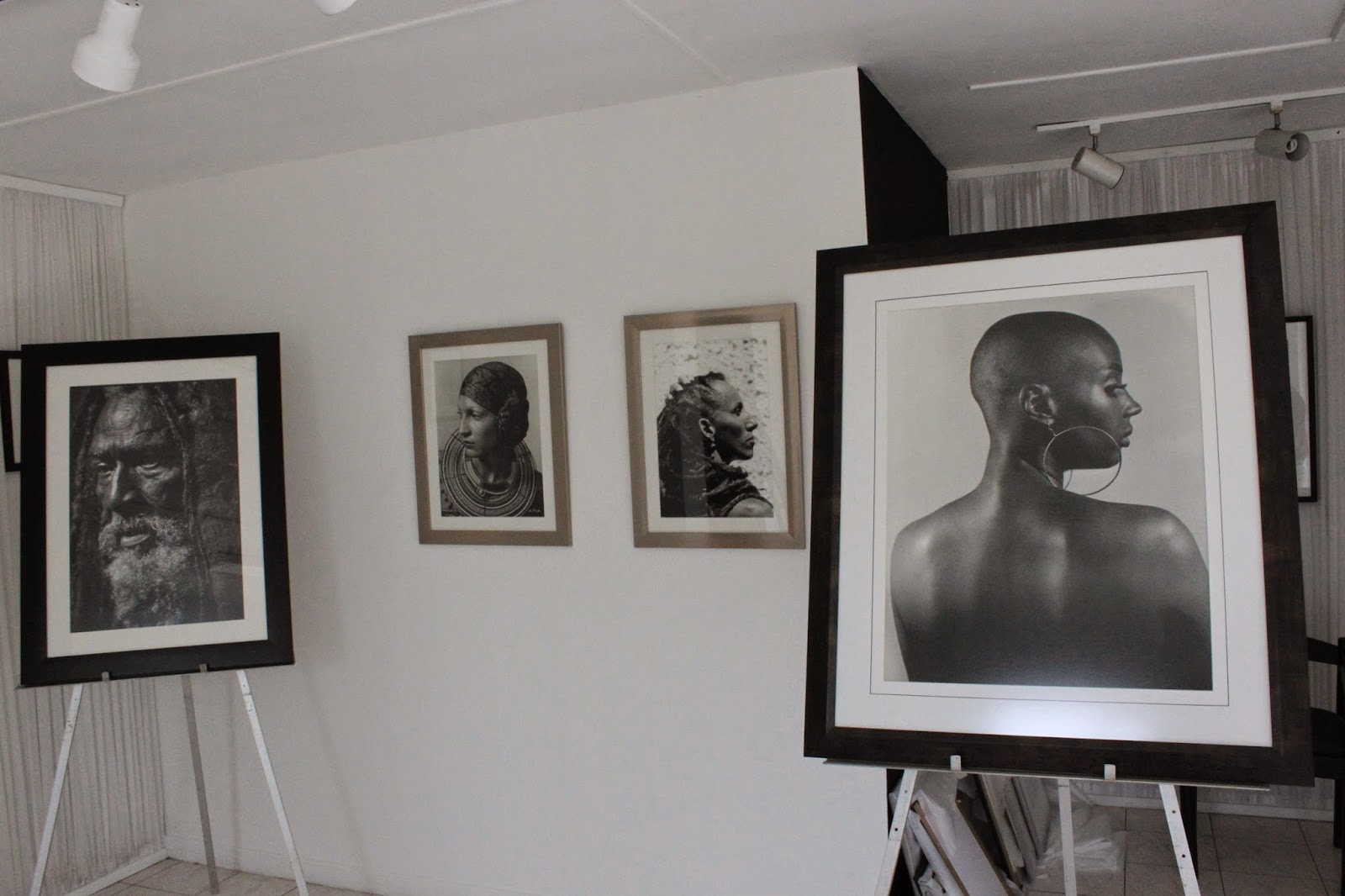Turning blank walls into works of art
 |
| A mural painted by Mexican artist Irving Cano |
Walls – they create barriers, could be seen as divisive, may draw a line between two extremes. For some, they are a blank canvas waiting to be splashed with vivid imagination and colours. These expressions are oft wild, rebellious, and a work of a free spirit – perhaps an oxymoron to the cold, restrictive space in brick and mortar.
These expressions seek to unify the diverse and divided world. From Thailand to Turkey to Norway, closer to home in San Juan, New York, street art is transforming the mundane into the wild.
“Street art is nothing else but urban poetry that catches someone’s eye,” says Christian Guémy (C215), French street artist. “Being a street artist is impossible because the city itself is the artist. Street art is a collective thing, participative and interactive, extremely linked to web 2.0 culture.”
Irving Cano, growing up in Isthmus of Tehuantepec, Oaxaca, Mexico, gravitated to street art when he was 16. “There was a graffiti exhibition that took place in my city that made me want to be a part of street art,” Cano, who is a plastic artist, said.
Isthmus of Tehuantepec, located in southern Mexico, between the Gulf of Campeche on the Gulf of Mexico to the north, and the Gulf of Tehuantepec on the Pacific Ocean to the south, is inhabited mostly by indigenous Zapotec people.
It is this heritage and the traditions and fables associated with it that Cano seeks to highlight in his works.
“It is a culture full of a lot of vibes,” he said. “It is a culture of much learning and history among its people, its language, especially the textures of the garments worn by Zapotec women.”
Zapotec women, known as “Tehuanas”, were traders and known throughout Mexico for their colourful dresses, assertive personalities, and being relatively equal in relation to men.
Zapotec culture
 |
| Irving Cano puts finishing touches to a mural of Bob Marley he painted in Kingston |
Cano, who is a veteran in his field, is known to stand out for highlighting his Zapotec culture – from pigments and textures in clothing, reliefs and forms in archaeology, among many other elements that reinforce his art, which he says is of a dual character, that focuses on the worldview and the common good.
His work has rolled back the old practice of Mexican muralism and reflects realism and hyperrealism, categorised as Neomuralism.
“It is a lot of learning, coexistence, and union between people and cultures, and through my work I try to highlight the values that have existed for generations,” Cano said.
The history of street art is as deep-rooted as the history of Mexico itself.
“Mexico is no stranger to cultural graffiti as the ancient Mayans and Aztecs covered their temple walls in beautiful imagery,” said Ambassador of Mexico to Jamaica Juan González Mijares.
“The indigenous hands of their craftsmen have painted the frescoes of the fortress churches since the 16th Century and the Muralism Movement of Diego Rivera, Orozco y Siqueiros became famous in the country since the 1920s after the Mexican Revolution,” Mijares added.
“Mexico has been embracing art on its walls ever since,” he said.
Underlying messages
 |
| A mural of woman playing a trumpet by Irving Cano |
Cano, whose works have been hung on walls in the United States, Canada and the United Arab Emirates, was in Jamaica in February to add his creations to a mural at Temple Lane in downtown Kingston.
Of the three murals he painted are of a couple of and a woman playing a trumpet – each with underlying messages.
“The couple represents the coexistence and union of two nations and cultures,” Cano said. “The woman with the trumpet represents gender equality in the nations.”
His work at Temple Lane is a reinforcement of Cano’s heritage, splashed with distinct design elements, vibrancy of colours, and the expressions.
Mijares concurred. “It is not surprising that the mural on Temple Lane reflects a dialogue of colour and music traditions between our countries,” he said. “It an invitation to dance, as the central figure will show, as we hum, perhaps, the tune of a classic ‘I don’t wanna wait in vain for your love’.”
Cano said he had an incredible experience in Jamaica and said that artists here should commit to art.
“Do it with your heart and not with ulterior motives,” Cano said. “Explore more of yourselves to be able to find yourselves because you already have the talent. You only need to focus it.”
Juxtaposed alongside the couple and a woman playing a trumpet, Cano painted Bob Marley, to which someone remarked “Why is Bob holding the guitar in the wrong hand?” We can offer three explanations: it’s a laterally inverted image, maybe Cano is exhibiting Bob’s ambidexterity, or let us leave it as the artist’s creative licence.
Cano has left his style and an indomitable and enduring mark and said he lives by the words which he would like artists to emulate: “Art can change people’s perception for a common good.”



Comments
Post a Comment